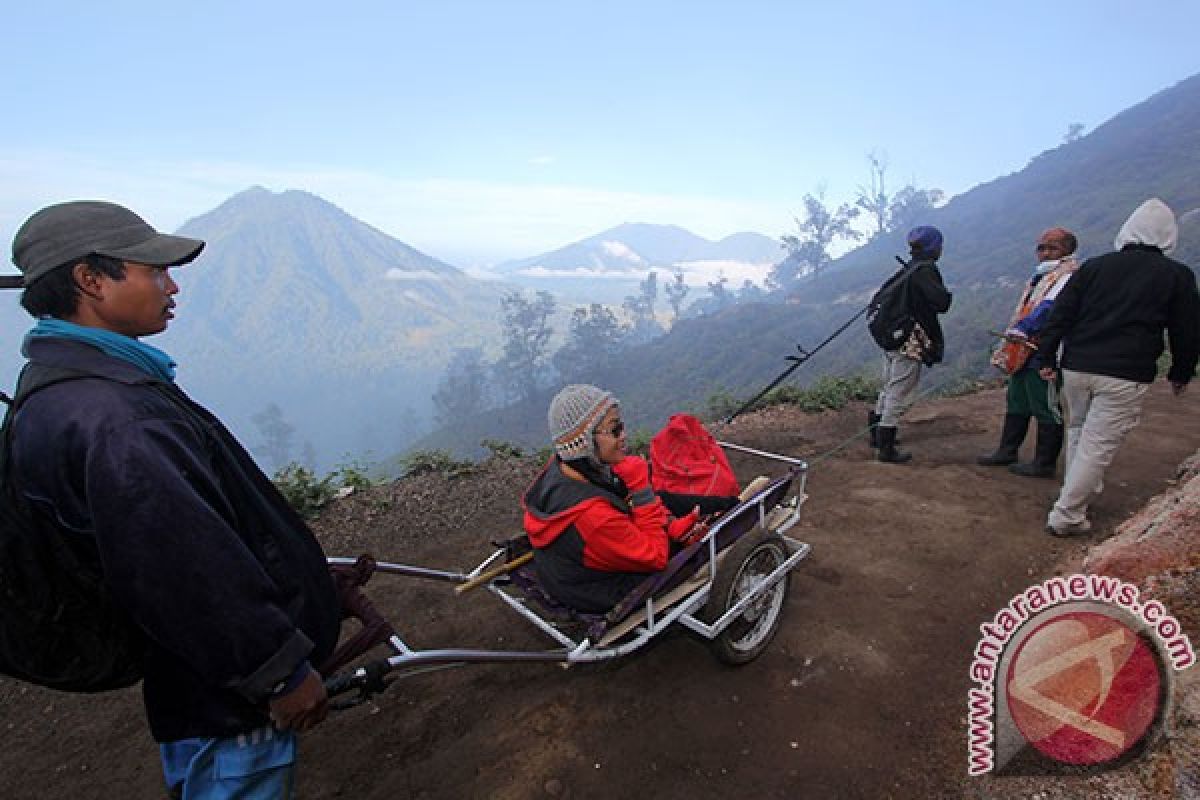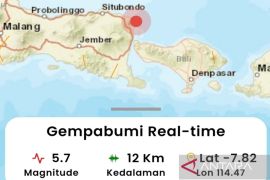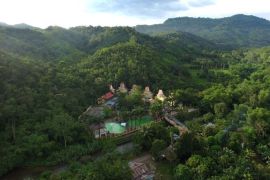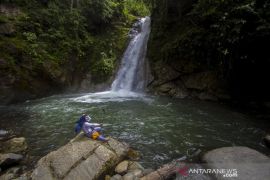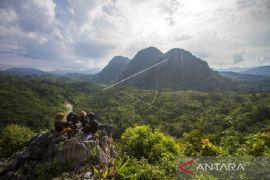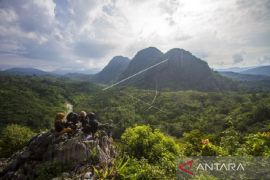Banyuwangi District Head Abdullah Azwar Anas remarked here on Friday that Banyuwangi being designated as one of the national geoparks will serve as a driving force to optimize its nature-based tourism sector.
"This geopark status will further complement the existence of the blue fire of Ijen Crater and Alas Purwo National Park that was earlier designated as a world biosphere reserve by UNESCO. In addition, this geopark status will also strengthen Banyuwangi`s position as an area rich in ecotourism and nature-based tourism," Anas noted in a written statement.
He also projected Banyuwangi to be a UNESCO Global Geopark that will be assessed next year.
"We will soon follow up on some of the recommendations given by the National Geo-park Committee," Anas remarked, adding that three sites in Banyuwangi -- Ijen Crater blue fire (Kawah Ijen), Red Island, and Alas Purwo National Park -- were proposed to become national Geoparks.
The blue fire phenomenon of Ijen Crater in Mount Ijen is the largest in the world. The crater in Ijen is also a terrazzo crater in the world.
The Red Island and cave complex in the Alas Purwo National Park are the areas that had experienced the phenomenon of mineralization.
Red Island is a remnant of the journey of magma under an ancient volcano. Rock outcrops on the Red Island are ideal to be used as a world geological laboratory to study the alteration and copper-gold mineralization processes.
Anas stated that the geological footprint inside Istana Cave located in the Alas Purwo National Park illustrates that the area was a shallow sea that experienced geological processes until it became a land.
The Banyuwangi Geopark is also supported by biodiversity and cultural diversity, the Banyuwangi district head noted.
Reporter: Antara
Editor: Fardah Assegaf
Copyright © ANTARA 2018
